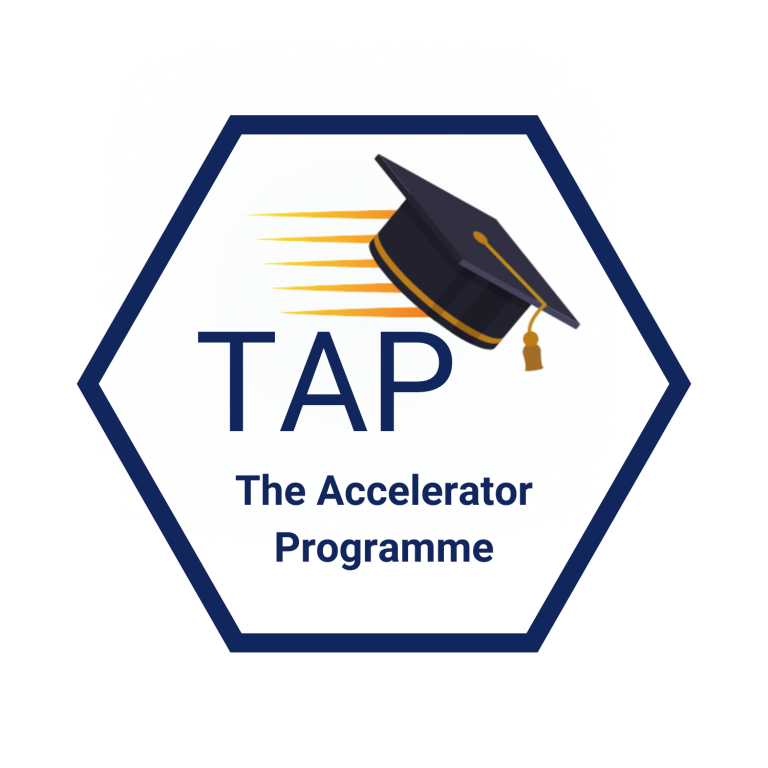
MAINTAIN OCCUPATIONAL HEALTH AND SAFETY
PURPOSE
A learner will be able to follow defined occupational health and safety policies and procedures relating to the work being undertaken in order to ensure own safety and that of others in the workplace. The learner, without supervisory responsibilities, will be able to recognise and report hazards to designated workplace personnel and accurately follow workplace procedures relevant to controlling risk in the workplace.
COURSE CONTENT
Unit 1: Follow workplace procedures for hazard identification and risk control.
- When conducting assessments, assessors must ensure that they are familiar with the full text of the Unit Standards being assessed.
- They must ensure that the assessment covers the specific outcomes, critical cross-field outcomes and essential embedded knowledge.
- As each situation is different, it will be necessary to develop assessment activities and tools, which are appropriate to the contexts in which practitioners are working. These activities and tools may include self-assessment, peer assessment; formative and summative assessment
- The specific outcomes and essential embedded knowledge must be assessed in relation to each other. If a practitioner is able to explain the essential embedded knowledge but is unable to perform the specific outcomes, they should not be assessed as competent. Similarly, if a practitioner is able to perform the specific outcomes but is unable to explain or justify their performance in terms of the essential embedded knowledge, they should not be assessed as competent.
Unit 2: Contribute to participative arrangements for the management of occupational health and safety.
- When conducting assessments, assessors must ensure that they are familiar with the full text of the Unit Standards being assessed.
- They must ensure that the assessment covers the specific outcomes, critical cross-field outcomes and essential embedded knowledge.
- As each situation is different, it will be necessary to develop assessment activities and tools, which are appropriate to the contexts in which practitioners are working. These activities and tools may include self-assessment, peer assessment; formative and summative assessment.
- The specific outcomes and essential embedded knowledge must be assessed in relation to each other. If a practitioner is able to explain the essential embedded knowledge but is unable to perform the specific outcomes, they should not be assessed as competent. Similarly, if a practitioner is able to perform the specific outcomes but is unable to explain or justify their performance in terms of the essential embedded knowledge, they should not be assessed as competent.
- When conducting assessments, assessors must ensure that they are familiar with the full text of the Unit Standards being assessed.
DELIVERY
Duration: 1 Day
Delivery: Classroom/Online
ACCREDITATION
5 Day Courses: Participants will receive a SpecCon Holdings certificate upon completion of all courses.
1 Day Courses: Participants will receive a SpecCon Holdings certificate upon completion of this course










